What Exactly Is a Sanitary Check Valve?
Every Process Piping Installation needs a backflow preventer. The Sanitary Check Valve (also known as non-return valve) is the answer to that need. It makes sure that fluids flow in one direction only. It prevents backflow reducing wastage of fluid and harm to the pipe by preventing pipe-hammering.
These valves have two ports: one for the fluid to enter from and one for it to exit from. You do not need electricity, a trained professional or any other external control for a sanitary check valve to work. It works automatically. Most Sanitary Check Valves are made out of 300 series stainless steel and if applied properly, are CIP capable.
How Does It Work?
Before getting into the working of the check valve, it is important to understand “cracking pressure”. It is the minimum upstream pressure required for the valve to operate. You can even get valves specific to a particular cracking pressure.
A sanitary valve mainly consists of the body, seat and spring.The valve is called into action when the pressure under it and above it does not match. It closes when the pressure has been equalized or there is too much pressure below it.
A Sanitary Check Valve can be loaded with a spring or work through gravity directly.
Ball Check Valves VS Disk Check Valves
This check valve has a ball at the closing portion, hence the name. The ball can be spring loaded or rely on gravity for functioning. This check valve has a Y shaped body. When product flows through the valve, the ball immerses itself into the Y branch so that the fluid can flow without any interference. Gravity and back pressure push the ball back into its position against the valve seat in the main run when the flow stops.
This check valve has a straight body and the valve seat is included inside the valve itself. A spring loaded metal disc held by an insert sits ready to push against the valve seat. When the product flows, the disc is pushed away from the valve seat. When it stops flowing, the disc is brought back into its position due to the pressure from the spring and the back pressure. Metal seats with O-ring seals are also available in Disk Check Valves as O-rings ensure perfect sealing which a metal seat without one wouldn’t guarantee.
Disk Check Valves are more popular in morden sanitary applications.
Things to Keep in Mind When Installing a Sanitary Check Valve
Sanitary Check Valves can be installed horizontally or vertically. However, the following specifications must be followed for ball and disk check valves:
– Ball Check Valve –
In a vertical setting, the product has to flow from bottom to top so that gravity can push the ball in and out of the seat.
In a horizontal setting, the curved portion of the valve needs to be upright and at 90 degrees to the pipe. This makes sure that the valve is free-draining and the ball sits properly.
– Disk Check Valve –
Disk Check Valves are not free-draining in a vertical setting. Therefore, for them to be free-draining, they need to be in a horizontal position.
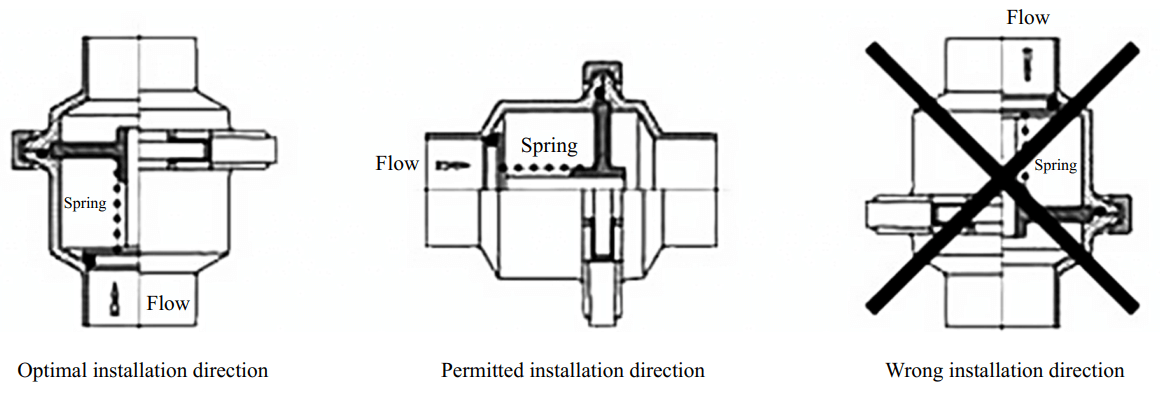
What Are Sanitary Check Valves Made of?
The body of a sanitary check valve is usually made from AISI 304 or 316L Stainless Steel and the spring from AISI 301 stainless steel.
Its seat is constructed from EPDM, Silicone, or Viton. All of these materials are FDA approved.
For a unique seat design, Teflon (PTFE) is also used.
What Are the Technical Specifications of Sanitary Check Valves?
• A Sanitary Check Valve can vary in size from 1/2″ to 4″.
• The end connection can be butt-welded, sanitary tri-clamped, threaded or others upon request.
• The maximum Working Pressure available is 10 bar (145psi)
• Valves are available for the following Cracking pressures:
4.35psi (0.3bar) for DN25
2.9psi (0.2bar) for DN32-40
1.45psi (0.1bar) for DN50-100
• The temperatures at which the valves function depending on material range from:
EPDM 14°F to 248°F (-10℃ to 120℃)
SILICONE -22°F to 356°F (-30℃ to 180℃)
VITON (FPM) 23°F to 356°F (-5℃ to 220℃)
Teflon (PTFE) -4°F to+482°F (-20℃ to 250℃)
• The Surface finish can be Ra 32μin (0.8μm) as default, or better upon request.
Things to Look for when Buying a Sanitary Check Valve
The type of check valve, the material it is made with, its technical specifications are all extremely important factors when choosing a valve. You need to choose the best valve depending on the purpose and Cracking Pressure. This is extremely important to avoid faulty Process Piping Installations.
As a manufacturer of stainless steel sanitary valves, SIMPLE VALVES aims to arm its potential customers with information that would help them in making an informed decision.
Our sales representatives are ready to help, please feel free to email us at sales@simplevalves.com or submit your request directly in below form.
Notice:
- If the product that needs to flow through the pipe is sticky, ball check valves may cause problems.
- When picking a ball check valve, pick the right elastomer ball depending on your application. The material of the ball should be compatible with your product.
- Disk Check Valves can be used with more cracking pressures due to their wide range of springs.
- If you need to PIG your line, it is only possible in a Ball Check Valve.
A sanitary check valve is an extremely important device to have in any Process Piping Installation. Without it, product wastage is a primary concern.
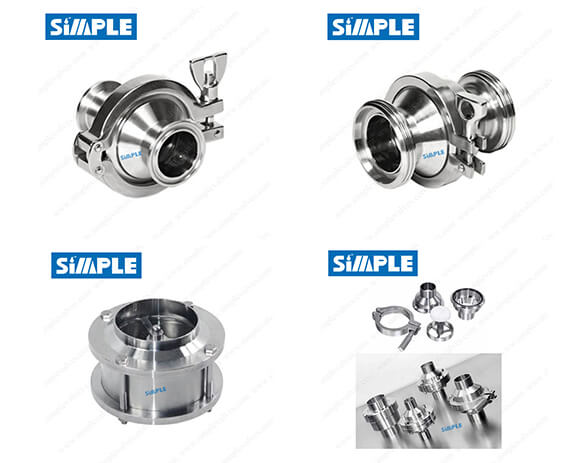
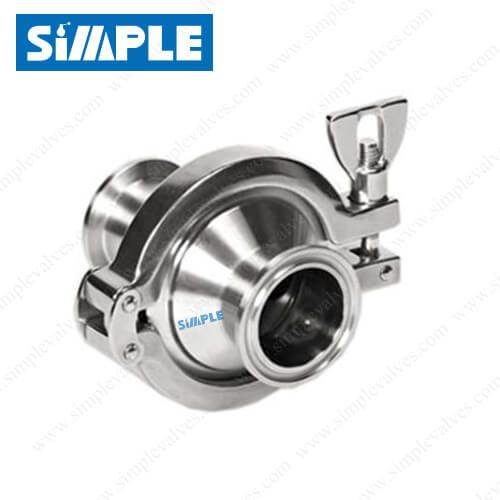
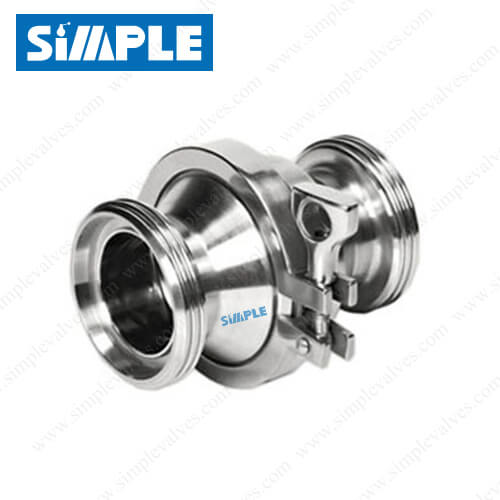
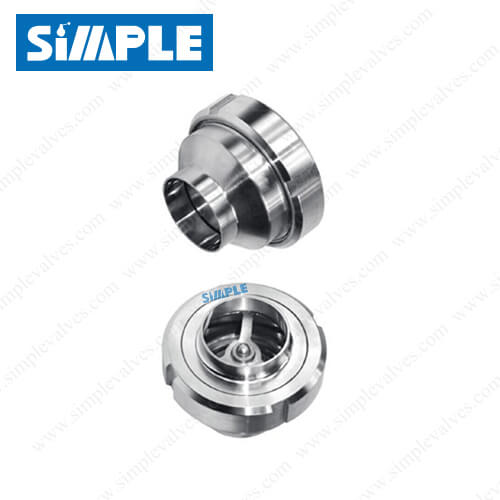

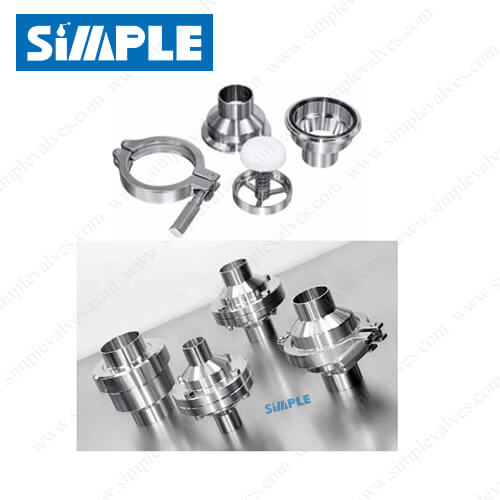

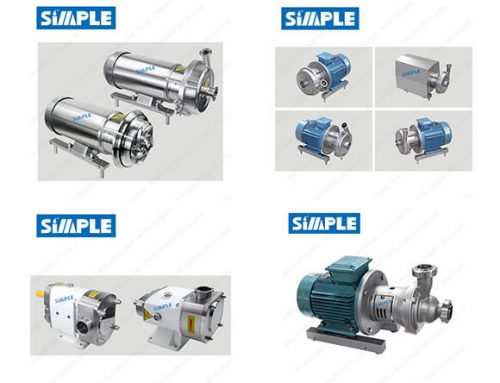
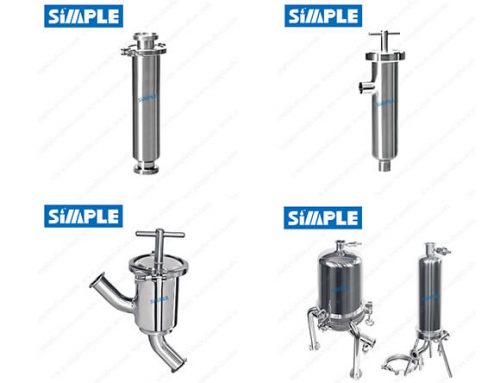
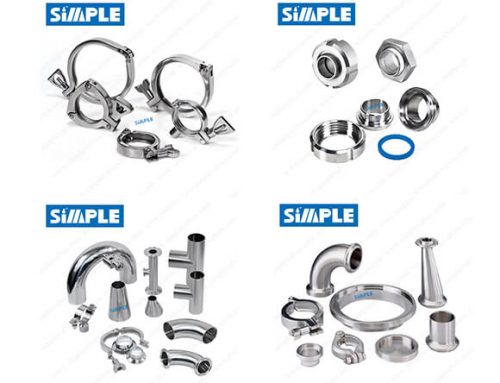
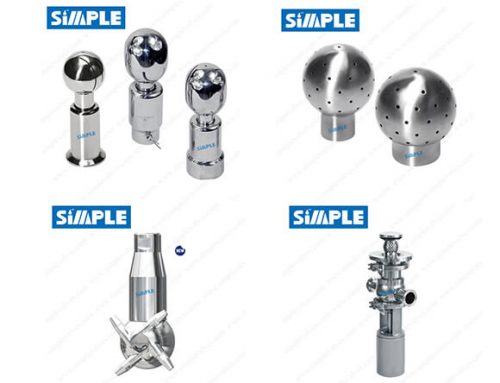
Leave A Comment